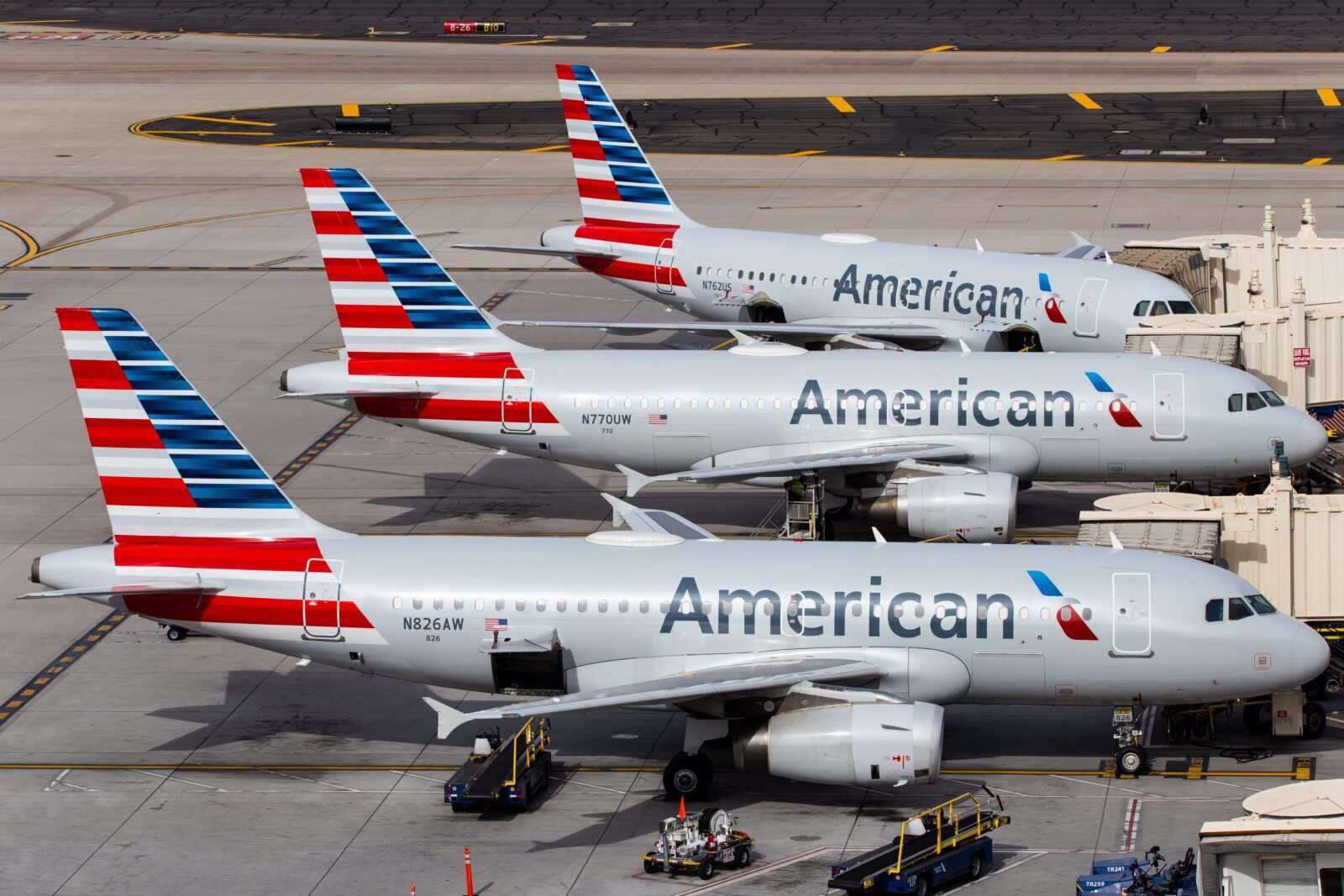American Airlines Flight Attendant Union Seeks Meeting With FAA Over of Emergency and Evacuation Training Concerns
- The president of Association of Professional Flight Attendants is set to meet with the FAA to discuss the quality of emergency and evacuation training that crew members at American Airlines receive

The union that represents flight attendants at American Airlines is seeking a meeting with the Federal Aviation Administration (FAA) to discuss the quality of emergency and evacuation training that crew members receive at the Fort Worth-based airline.
Julie Hedrick, the president of the Association of Professional Flight Attendants (APFA), along with the union’s head of safety, has scheduled a meeting with the FAA to discuss potential concerns following a slew of high-profile aviation accidents.
The news comes just days after 76 passengers were heroically evacuated from the wreckage of a Delta Air Lines regional jet operated by Endeavour Airline that flipped upside down on a runway at Toronto Pearson International Airport.
Explaining the need for the high-level meeting with FAA representatives, the union said: “Recent aviation incidents have highlighted the importance of comprehensive and effective training programs that prepare us for real-world evacuations.”
Flight attendants at American Airlines undergo a comprehensive initial training program at the carrier’s FSU Training Center located within the airline’s headquarters campus close to the Dallas Fort Worth International Airport.
During this initial training program, new-hire flight attendants must demonstrate a comprehensive understanding of various emergency, safety, security, and medical procedures to deal with the worst situations that might occur onboard an airplane.
The training program includes opening various aircraft doors in an emergency, evacuating passengers on both land and water, and using firefighting, self-defense, and survival techniques.
The facility even includes a large swimming pool where flight attendants must demonstrate that they can confidently swim and get on an inflatable slide that would be detached from the side of the aircraft and used as a life raft in the event of a water landing.
But the initial six-week course isn’t the end of flight attendant training. Once every year, crew members must return to Fort Worth to undergo annual refresher training, typically known as recurrent training within the aviation training.
Over two days, flight attendants again must prove they are capable of opening aircraft doors in an emergency, evacuating passengers, and handling a wide range of other scenarios.
The FAA normally requires recurrent training to be undertaken by every flight attendant at least once a year, and while American Airlines still goes by this schedule, both Delta Air Lines and United have managed to secure exemptions to stretch this schedule to once every 18 months.
Recent aviation accidents have demonstrated the importance of flight attendant training in keeping passengers safe during emergencies, such as Delta Flight 4819 in Toronto or the evacuation of an American Airlines jet in San Francisco last July when a passenger’s laptop suddenly caught fire and the cabin filled with smoke.
Along with advocating for improved flight attendant training, Hedrick will likely use the meeting to discuss concerns about job cuts at the FAA – a decision that APFA has described as “irresponsible.”
American Airlines did not respond to a request for comment.
Related
Mateusz Maszczynski honed his skills as an international flight attendant at the most prominent airline in the Middle East and has been flying ever since... most recently for a well known European airline. Matt is passionate about the aviation industry and has become an expert in passenger experience and human-centric stories. Always keeping an ear close to the ground, Matt's industry insights, analysis and news coverage is frequently relied upon by some of the biggest names in journalism.







